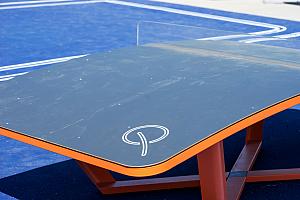Report: Romanian undergraduates prefer to study healthcare, business rather than engineering

“Engineering, processing, and construction” is the only field in the Romanian higher education system to witness a notable decrease in the number of undergraduate students enrolled in the last decade, according to the "Report on the State of Higher Education in Romania - 2022-2023," recently released by the Ministry of Education.
At the same time, the only field with a significant increase in the last decade is "Health and Social Care." These two, along with "Business, Administration, and Law," which has had a fluctuating trend in the last decade, are in the top 3 fields with the highest number of students in Romania.
According to data for the period 2014/2015 - 2022/2023 cited by Edupedu, most fields of study have had small fluctuations in the number of students at the undergraduate level, or have remained constant.
In the field of "Engineering, Processing, and Construction," there were 86,463 undergraduate students in 2014-2015, and after a slight increase in the following year, the number has steadily decreased, reaching 75,331 students in the last academic year (2022-2023). This means that, over the last nine years, the number of students enrolled in studies in this field has decreased by 13%. The number of students enrolled in master's studies in this field reached its lowest level for the nine years under consideration last year.
Meanwhile, in the field of "Health and Social Care," the number of undergraduate students has steadily increased from 2014-2015, from a total of 60,985 at the beginning of the period to 72,167 in the last academic year - an increase of 18%. In this field, the number of students enrolled in master's studies has doubled in the last 9 years, going from 2,023 in 2014-2015 to 3,991 in 2022-2023.
The number of undergraduates in Education Sciences increased by 27% in the same period, reaching the highest level last year. At the master's level, the number of students enrolled in studies in this field has more than doubled.
In the field of "Natural Sciences, Mathematics, and Statistics," the number of undergraduate students decreased by more than a fifth, from 19,632 in 2014-2015 to 15,309 in the last academic year. The decrease is similar, proportionally, in the case of master's studies, where the number of students dropped from 7,432 nine years ago to 5,841 in 2022-2023.
Increasing the number of young people with higher education is a key target for Romania. The country is aiming, in theory, to nearly double the percentage of young people pursuing such studies by 2030.
(Photo source: Michelle Marsan | Dreamstime.com)













